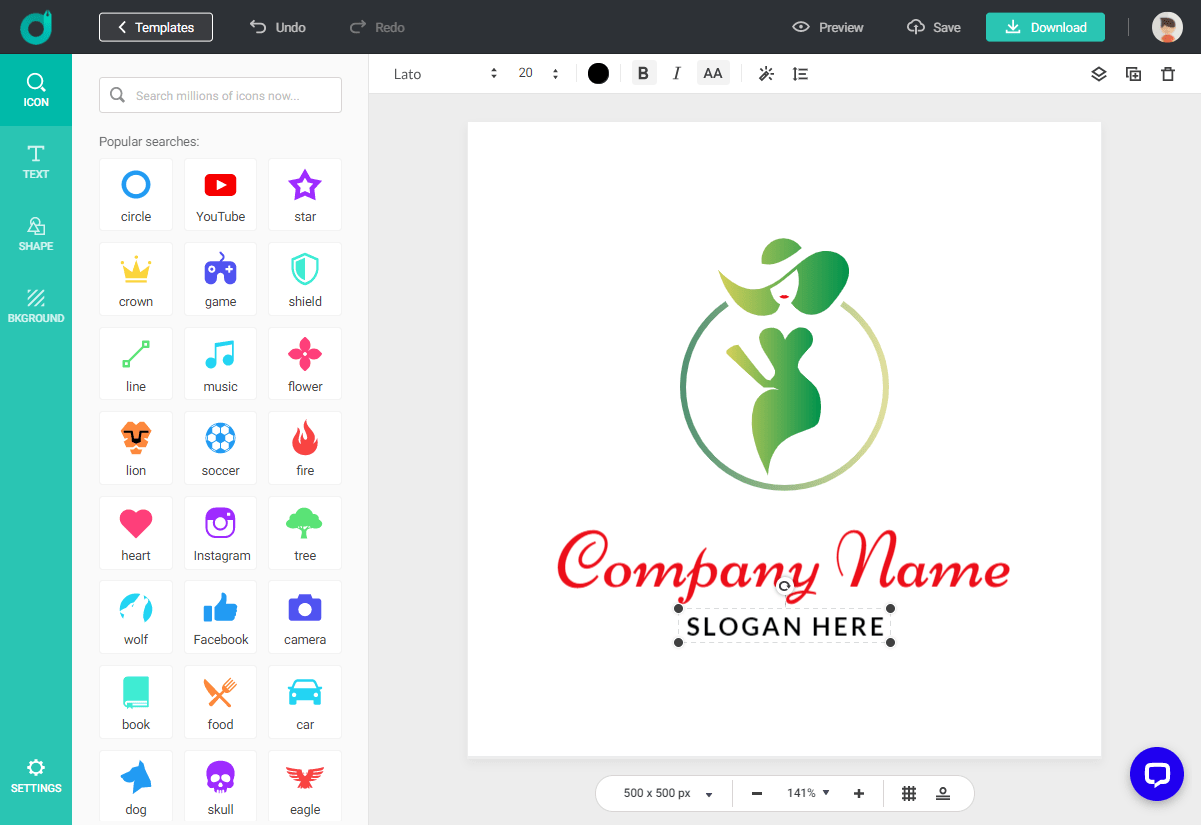UX Design is how a design team creates a significant experience for its users. It includes promoting the product, assuring its usability, and incorporating it into the design process.

Smartphones are undeniably a part of our daily lives. So, what makes many people consistently like a smartphone? Yes, the answer is apps. People currently rely on their phones for everything, from getting up early to going to work, connecting with friends, to sending professional emails.
To design a successful mobile application, you must include all the necessary features. UX design is how an app communicates with its users. It is the determining element between a successful and unsuccessful software, so extreme care must be used while creating it.
Avoid Common UX Design Errors
Today’s app store has a vast selection of apps. If you want to develop a competitive product, you should focus on providing a persuasive and optimal user experience rather than losing your hopes to the expanding competition. Now let’s look at common UX design mistakes to avoid while creating mobile apps.
1. Other Apps Compatibility
Priority is given to compatibility. The app won’t be the only one operating on the smartphone, but it will be one among several. So the app must function flawlessly with other apps and the device.
The mobile app development company should ensure the program is responding properly, works well on multiple screen sizes, and runs smoothly with other apps. Otherwise, you may miss memory use concerns or unexpected crashes.
2. Inconsistent Design
- Experiments cannot be done with the UX, especially at the time of targeting a population who will uninstall the application if it’s mystifying. Your consumers have had some expectations of how the app will help.
- For example, if it is a food ordering application, they will look for the add to cart button in the centre. In case it’s an application like Amazon, the natural procedure to open the cart is at the corner of the top right.
- These are the essential aspects of an app to which the user is habituated. In other examples, using diverse words for the same action or the same control options for the UI elements or different actions is not in traditionalism the UX.
- These kinds of things will make confusion among the consumers, and they will feel deceived. Therefore, your task is to keep that uniformity that your consumers are expecting.
3. Complexity
Another typical user design error is app complexity when the user struggles to comprehend the app’s functionality and usability. Like how a designer uses visual imagination and colour codes to convey a message, a UX mobile application must require fewer steps to access any other portion of the program. If too much content or a confusing flow, the user will exit the app and go elsewhere.
4. Over-featured Apps
Another typical UX design error is over-stuffing the application with features without confirming their quality. The Illusion of Decision states that when a person has more alternatives for a product or service, he is less likely to be satisfied with his choice. You will eventually be unable to add any new features. How would you explain the new features and functions to users? What if adding additional functionality makes the program buggy?
To answer these questions, you need to thoroughly examine the app, decide on its functionality, and improve current features rather than adding new ones.
Features play a very important role in your app. In this transforming world, adding one best feature to your app can assist you to keep yourself in the marketplace. However, you will be doing another mistake in UX design if you think that a lot many features are suitable for any app.
You can take suggestions from any best enterprise mobile app development company about what number of features should be included in an app; they will suggest adding as a minimum and effective features as possible. When you don’t follow this suggestion, your consumers will be faced with the irony of choice.
This implies that the more choice an individual has, the less assured they will be in making the right decision. A similar applies to an app. Any design that is full of so many features will not give a great response.
In contrast, the users will feel overawed on using the app; they will be confused. So, just do the needful.
5. Impression
“First impressions last” – we’ve all heard it. Whether heading for an interview or an office meeting, the first few minutes are enough for a user to decide whether to retain or remove the application. The UX designer must lead the user through all the app’s capabilities since they may be unfamiliar with them. Hence the initial impression counts, and it becomes vital for the UX designer to make the application seem nice and capture the attention of the consumers pushing them eager to browse through additional features on the application.
6. Being Noticed
With increased competition in all fields, you must stand out from the crowd. Not following the crowd won’t help; you need to think outside the box. You should be able to stand out from your competition in UX design best practise.
7. Missing Updates
To become a fantastic UX designer, one must not only create an exceptional UX design but also continually update and improve the features based on user input. A wealth of information and advice is available on the internet, which should be appropriately utilised to learn what features to use and what to avoid.
8. Spam Alerts
Let’s face it, too many app alerts are vexing. You must notify users of new features or subscriptions, but you must not bombard them. It would be best to strike a balance between being aggressive about alerts and being present. Instead of spamming, focus on spreading valuable and essential information.
9. Inconsistency
Consistency is necessary for all aspects of life, including UX design. They experiment with typefaces and colours to stand out, which confuses consumers. Consistency is achieved by correctly formatting text and using consistent colour schemes across the program.
10. White Space
Too much white space is another typical UX design problem. The application design should have a good mix of text and white space. It is crucial to have breathing room inside the app to correctly grasp your features and information. If you fill up the description with nothing but text, you may lose many people.
11. Colour contrast is reduced when using light fonts.
The topography of a user interface is an essential consideration in interface design. Light typefaces are lovely, but the information becomes nearly illegible when used on light-coloured backgrounds due to the lack of contrast. Furthermore, if light typefaces are used in tiny body text, it may result in readability issues.
If your app has a visually appealing UX, but the content is difficult to see, people will probably remove it from their devices. App developers must ensure that fonts are understandable and that sufficient contrast between text and backdrop to provide a satisfactory user experience.
Finishing
That’s all for the 10 common UX design mistakes while creating an app! Whatever you create must be error-free. Take the help of a professional mobile app development company and exceed the customer’s expectations.
When you choose Groovy web for your UX design, you can rest assured that it will be the best and most successful project. They use the best tools and technologies that will help in creating an effective product and increase your business growth.
========================================================

Author Bio: Krunal Panchal is the CEO & Co-founder of Groovy Web. He has been a hardcore programmer since he was 11 and started his professional career very young. His technical and logical mind drove him to choose coding as his destiny. At an initial stage, he got essential experience and the spirit of innovation and entrepreneurship. Learning something new is a never-ending process for him. Under his leadership, Groovy Web has become an established organization that serves industries from startups to enterprises, regardless of any limitations.








